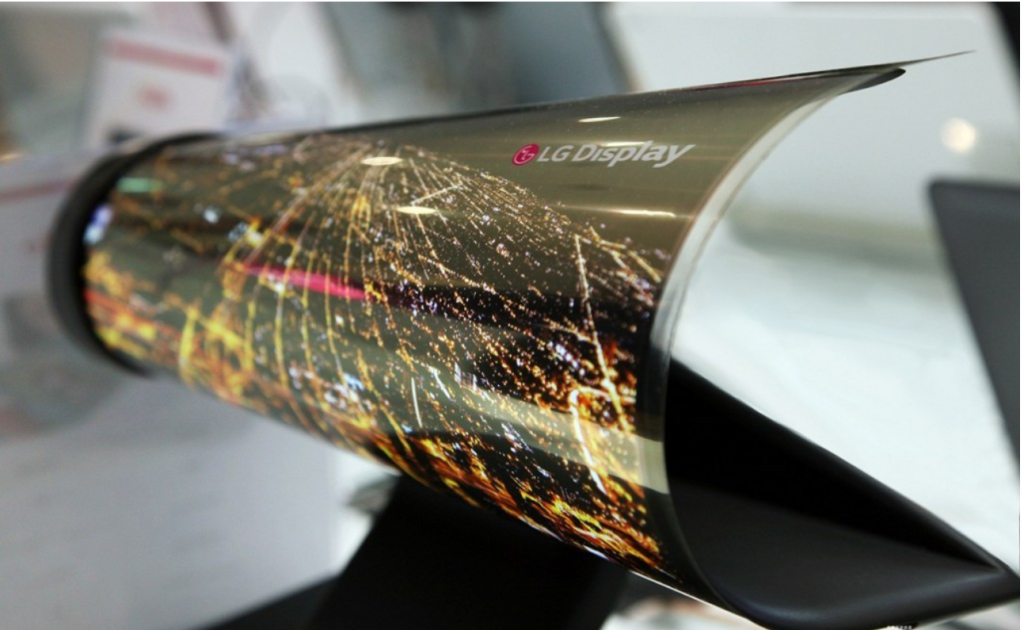Graphene Sensors in Flexible Wearable Devices: Transforming Smart Bands, Clothing, and Footwear for Real-Time Activity Monitoring
The global rise of wearable technology has revolutionized how we monitor fitness, health, and daily activities. From smart bands and clothing to footwear, these devices enable seamless integration of technology into our lives. At the heart of this innovation lies graphene, a material that has unlocked new possibilities for creating flexible, lightweight, and highly sensitive sensors. Its integration into wearable devices is paving the way for real-time, accurate monitoring of motion, health, and performance.

Why Graphene for Wearables?
Graphene’s unique properties make it a perfect fit for wearable sensors:
- Flexibility and Strength: Graphene’s mechanical properties allow it to bend and stretch without compromising performance, making it ideal for wearable applications.
- High Electrical Conductivity: Enables precise detection of even the smallest electrical signals generated by movement or physiological changes.
- Lightweight and Thin: Adds negligible weight to devices, enhancing comfort and usability.
- High Sensitivity: Detects micro-level changes in strain, pressure, and temperature, ensuring accurate data collection.
- Thermal Conductivity: Efficiently dissipates heat, ensuring safe and comfortable prolonged use.
- Customizable Functionalization: Graphene can be doped or layered to enhance specific sensor properties, such as selectivity or durability.
Applications of Graphene Sensors in Wearables
1. Smart Bands and Wristwear
Graphene sensors integrated into smart bands revolutionize fitness tracking and health monitoring:
- Motion Tracking: Accurately records steps, movements, and exercises.
- Health Metrics: Monitors heart rate, body temperature, and sweat composition.
- Comfort and Durability: Graphene’s flexibility ensures wearability during high-impact activities.
2. Smart Clothing
Graphene-based e-textiles bring intelligence to fabrics, enabling them to monitor and react to user activities:
- Real-Time Feedback: Measures muscle movement, posture, and energy expenditure during workouts.
- Thermal Regulation: Embedded graphene sensors monitor body temperature, adjusting insulation in smart garments.
- Healthcare Applications: Tracks physiological signals like ECG or breathing rates for continuous health monitoring.
3. Smart Footwear
Graphene sensors in footwear enhance functionality for sports, healthcare, and everyday wear:
- Pressure Monitoring: Tracks foot pressure distribution to improve performance and detect anomalies in walking or running.
- Fitness Insights: Measures steps, speed, and gait patterns for athletes and casual users.
- Medical Applications: Detects irregularities in movement, aiding in rehabilitation or monitoring conditions like diabetes.
Real-World Examples of Graphene Wearables
- Graphene Smart Band Sensors
A fitness tracker equipped with graphene sensors accurately measured heart rate variability, steps, and sweat composition. The device demonstrated improved sensitivity compared to traditional sensors while offering unparalleled comfort. - Graphene-Infused Yoga Pants
Smart leggings embedded with graphene-based strain sensors allowed users to monitor muscle engagement and posture alignment in real time, enhancing yoga sessions and preventing injuries. - Running Shoes with Graphene Sensors
Sports footwear integrated with graphene pressure sensors provided athletes with real-time feedback on stride patterns, improving performance and reducing injury risks.
Advantages of Graphene Sensors in Wearables
1. Enhanced Accuracy
Graphene sensors deliver highly accurate data due to their sensitivity to micro-level changes in strain, pressure, and temperature.
2. Improved Comfort and Design
Graphene’s lightweight and flexible nature allows for thin, seamless designs that do not compromise on comfort or functionality.
3. Durability and Longevity
Graphene’s mechanical strength ensures sensors are resistant to wear and tear, even during rigorous activities.
4. Energy Efficiency
Graphene-based sensors consume minimal power, extending battery life in wearable devices.
5. Wide Functional Range
Graphene sensors can operate across diverse conditions, such as high temperatures, humidity, or sweat exposure.
Graphene Sensor Technology in Development
1. Flexible Strain Sensors
Graphene strain sensors, incorporated into textiles, detect deformation and stretching, making them ideal for motion and posture monitoring.
2. Thermal Sensors
Graphene-based thermal sensors provide real-time feedback on body temperature, enabling applications in fitness and health diagnostics.
3. Biosensors for Sweat Analysis
Graphene’s sensitivity to chemical changes allows it to detect biomarkers in sweat, such as glucose or lactate levels, for real-time health insights.
4. Energy Harvesting Wearables
Graphene is also being explored for energy-harvesting applications, enabling wearables to generate power from motion or body heat.
Challenges and Opportunities
Challenges
- Scalability: Producing large quantities of high-quality graphene remains a hurdle.
- Cost: While costs are decreasing, graphene sensors are still more expensive than conventional materials.
- Integration: Combining graphene with existing materials and electronics requires innovation in fabrication techniques.
Opportunities
- IoT Integration: Graphene wearables connected to IoT networks offer immense potential for personalized health and fitness solutions.
- Healthcare Monitoring: Graphene sensors can revolutionize patient monitoring by providing continuous, non-invasive data collection.
- Consumer Markets: From fitness enthusiasts to medical professionals, graphene-based wearables address diverse needs, ensuring widespread adoption.
Future Prospects of Graphene Wearables
- Personalized Healthcare
Wearables with graphene sensors will enable precision health monitoring, offering early detection of diseases and tailored fitness programs. - Advanced Sports Analytics
Athletes will benefit from real-time data analytics on performance metrics, posture correction, and recovery insights. - Smart Wardrobes
Graphene-enabled e-textiles will lead to garments that adapt to environmental conditions and user needs, such as regulating temperature or monitoring fatigue. - Next-Generation IoT Devices
Graphene wearables will integrate seamlessly with IoT ecosystems, providing data-driven insights for improved decision-making in health, fitness, and lifestyle.
Conclusion
Graphene sensors are redefining the wearable technology landscape, offering unmatched sensitivity, flexibility, and functionality for applications in smart bands, clothing, and footwear. With the potential to monitor motion, health, and performance in real time, graphene-enabled wearables cater to the demands of fitness enthusiasts, athletes, and healthcare professionals alike.
As advancements in graphene production and sensor technology continue, these devices will become more affordable, versatile, and widely adopted, marking a new era in wearable innovation. The integration of graphene sensors into our daily lives is not just a technological leap but a step toward smarter, healthier living.

